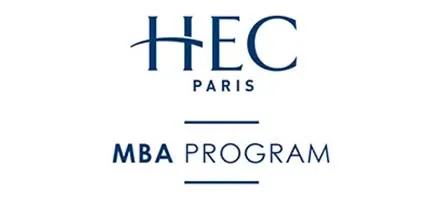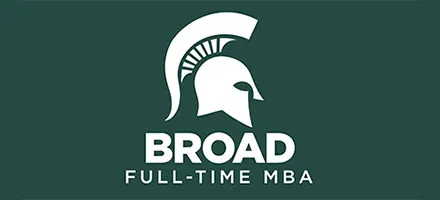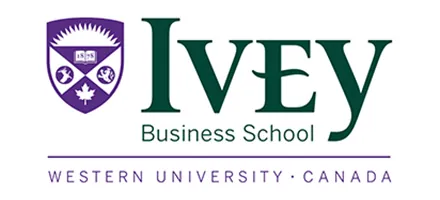
A new report on MBA curricula at the leading business schools suggests a continued strong focus on analytics
Analytics has been seen as an integral part of MBA curricula for many years now — an essential investment for business schools because so many companies in a growing number of industries want to hire people with data skills, even when those skills would be secondary to their roles.
Now a new survey shows that as much as analytics have been key parts of MBA curricular overhauls of the last five (and 10) years, B-schools with redesign plans for the coming half-decade see no reason to diverge from the orthodoxy — that analytics is The Future.
The MBA Roundtable, a nonprofit focused on curricular innovation in graduate management education, this month released its bi-annual report on curricula at more than 100 schools worldwide. Among the many findings is that for the 61% of schools planning curriculum updates in the next five years, a focus in both the core and electives will be a continued emphasis on analytics.
10-YEAR CURRICULAR CYCLES ARE THE NORM
MBA Roundtable’s report, The Graduate Business School Curriculum, is the result of a biennial survey of more than 300 graduate business programs from 104 business schools, which shared details of their graduate business school curriculum across 48 areas of study and provided insight into the student experience. The surveyed schools serve more than 80,000 students through 6,736 full-time-equivalent faculty at 809 graduate business degree programs.
Most of the B-schools in this year’s survey — 96 — are in the United States, with U.S. schools relatively equally distributed between five U.S. Census regions: the Northeast, South Atlantic, South Central (East & West), Midwest, and West. A majority (62%) of schools are public institutions and 38% are private, non-profit institutions.
The survey’s key finding is that a plurality (44%) of graduate business school undergoes major curriculum changes in 10-year cycles, while about a third (35%) undertake major changes in five-year cycles. “The apparent focus of the 53% of programs that underwent major changes in the past five years was on the core curriculum,” MBA Roundtable reports, “specifically analytics, management, and leadership” — with analytics the main focus of of the 61% that are planning curricular updates in the next half-decade.
STEM: A GROWING PART OF EVERY B-SCHOOL CURRICULUM
“Our bi-annual curriculum survey is one of our most in-demand surveys from our members,” says Jeff Bieganek, MBA Roundtable executive director. “As innovation in graduate management curriculum design becomes more important every year, we hope these results help our member schools as well as the GME industry as a whole continue to drive critical and relevant changes to their programs.”
MBA Roundtable found that MBA and master’s in management programs offer a greater breadth of study compared with specialized business master’s degree programs, such as finance, accounting, and analytics. The top three areas of study for all MBA program types are marketing, finance, and strategy. Other areas of study in the top 10 common to all MBA program types are accounting (both finance and management), micro-economics, and organizational behavior. Negotiations is unique to the top 10 list for executive MBA programs. Master’s in management programs share eight of the top 10 areas of study with MBA programs. Career management and ethics are the two exceptions, which are included in the Master’s in management programs top ten list.
Among the survey’s other findings: Overall, 16% of graduate business programs require a concentration or specialization. Another 40% of programs offer an opportunity to specialize, but do not require it. Graduate business programs offer, on average, five specializations. While finance and marketing are the top two concentrations across the U.S. Census regions, the third-most common specialization offered in the Northeast and Midwest is business analytics. Entrepreneurship is the third-most common specialization in the other US regions.
Overall, 35% of the graduate business programs in the United States have STEM designation for the program or concentrations. Master’s of business analytics (96%), master’s of finance (63%), and full-time MBA (51%) programs are more likely to have STEM designation compared with other programs.
OTHER FINDINGS: STUDENTS HAVE CURRICULAR INPUT, BUT NO SEAT AT THE TABLE
According to MBA Roundtable’s survey, The curriculum decision makers at the business schools tend to be some combination of faculty committees (54% of schools), academic directors (47%), deans (40%), and curricular chairs (26%). Most business school programs obtain input from students (77%) and employers (81%), but they are not at the decision-making table.
Overall, 69% of the graduate business school curriculum is required, and 31% is elective, on average. The core curriculum is a much greater share of executive MBA (93%) and Master’s in management (87%) programs compared with other programs, such as full-time MBA (59%) and master’s of finance (66%) programs. The average class size for a core course at a graduate business program is 34 students and ranges from 29 students in a master’s in accounting core course to 44 in a full-time MBA core course, on average.
Most programs require a capstone course or project to complete the program (68%). A majority of full-time MBA, executive MBA, master in management, and master of business analytics require students to engage in experiential
learning or action-based learning opportunities. Notably, 93 percent of executive MBA programs require international experience compared with full-time MBA (31%) programs, which is more than other programs.
See the full MBA Roundtable survey results here.
DON’T MISS DEANS, FACULTY AGREE: MBA ALTERNATIVES WILL CONTINUE TO GROW and MEET THE MASTERS OF BUSINESS ANALYTICS









